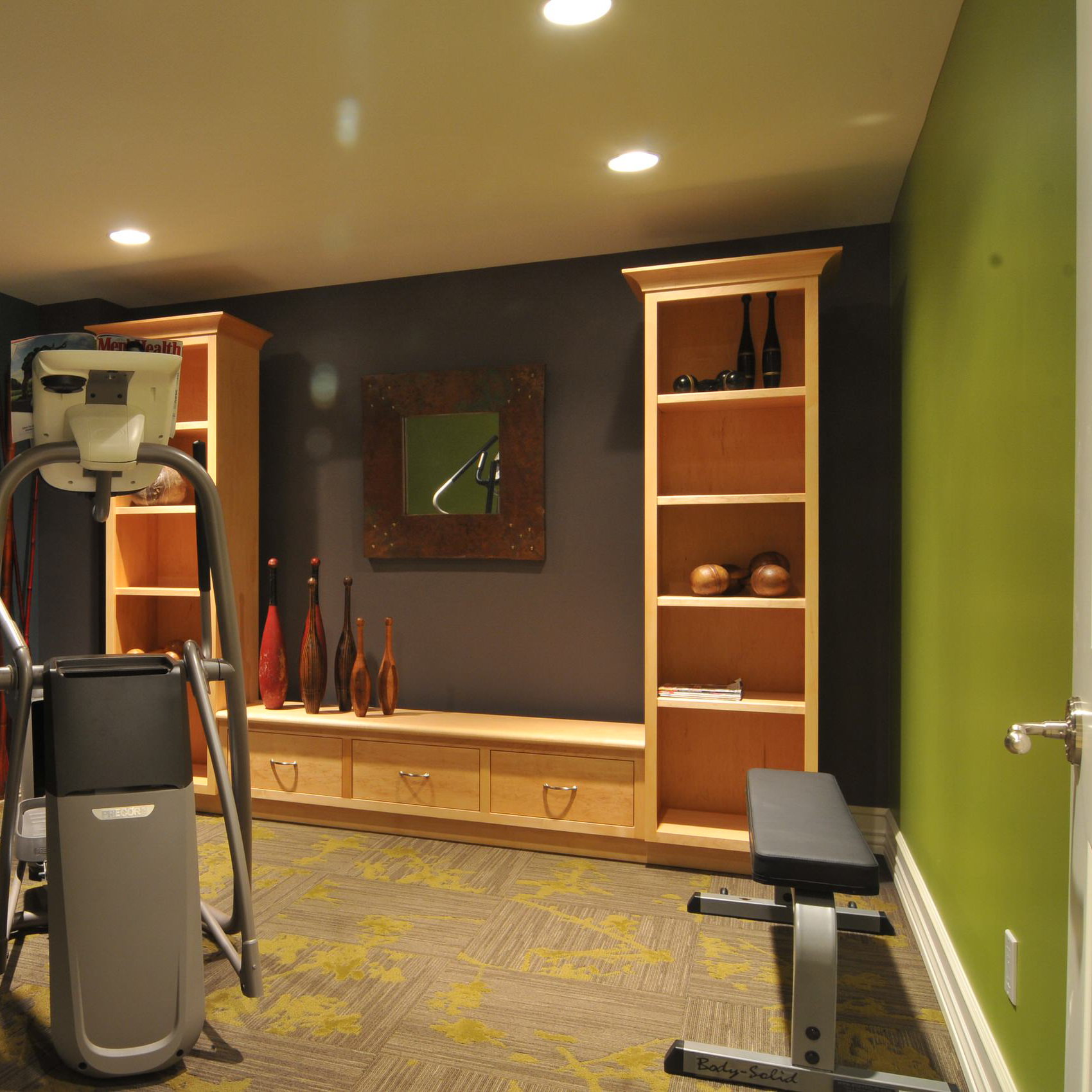Scandinavian design is known for its clean lines, neutral color palettes, and a focus on functionality. It has gained immense popularity in recent years, especially in home decor and interior design. If you’re planning to remodel your kitchen or just want to give it a Scandinavian touch, this article will guide you through everything you need to know.
Minimalism and Functionality
One of the key principles of Scandinavian design is minimalism. In a kitchen, this means focusing on functionality and simplicity while keeping the aesthetic sleek and elegant. Opt for cabinets with clean lines and handleless designs to achieve a minimalist look. Also, try to keep the countertop clutter-free by storing appliances such as toasters and blenders in cabinets or drawers.
Another aspect of Scandinavian design is functionality. The kitchen should be designed in a way that makes cooking and cleaning easy and efficient. Consider installing a kitchen island that doubles as a dining table or a desk. Position the sink under the window for a better view while washing dishes. Likewise, the placement of the refrigerator and stove should be such that they’re easily accessible.
Neutral Color Palette
A neutral color palette is another defining feature of Scandinavian design. In a kitchen, this means using colors such as white, black, gray, and beige. However, this doesn’t mean your kitchen has to be bland or boring. You can add warmth by incorporating natural materials such as wood, stone, or leather. Wooden floors, countertops, or cabinets can add texture and warmth to a neutral kitchen.
Another way to add interest to a neutral kitchen is through accents such as textiles and artwork. A colorful rug or a statement piece of art can add a pop of color to an otherwise monochromatic kitchen.
Natural Light
Natural light is crucial in Scandinavian design, and a kitchen is no exception. Large windows or skylights can add an abundance of natural light to the room, making it brighter and airier. Plus, natural light can enhance the beauty of natural materials used in the kitchen.
If adding windows or skylights is not possible, you can still maximize natural light by choosing light fixtures that mimic natural light. Install under-cabinet lighting or pendant lights that cast a warm, natural glow. You can also add mirrors to reflect light and create the illusion of more space.
Hygge
Hygge (pronounced ‘hoo-gah’) is a Danish concept that has become synonymous with Scandinavian design. It refers to the feeling of warmth, coziness, and contentment. In a kitchen, this translates to creating a welcoming atmosphere where people can gather and relax.
To achieve hygge in your kitchen, consider adding soft, natural textures such as a sheepskin rug or linen curtains. Stock up on comfortable seating such as padded bar stools or plush dining chairs. Add a touch of greenery with potted plants or fresh flowers. Finally, display some family photos or artwork to give the kitchen a personal touch.

